Your basket is currently empty!
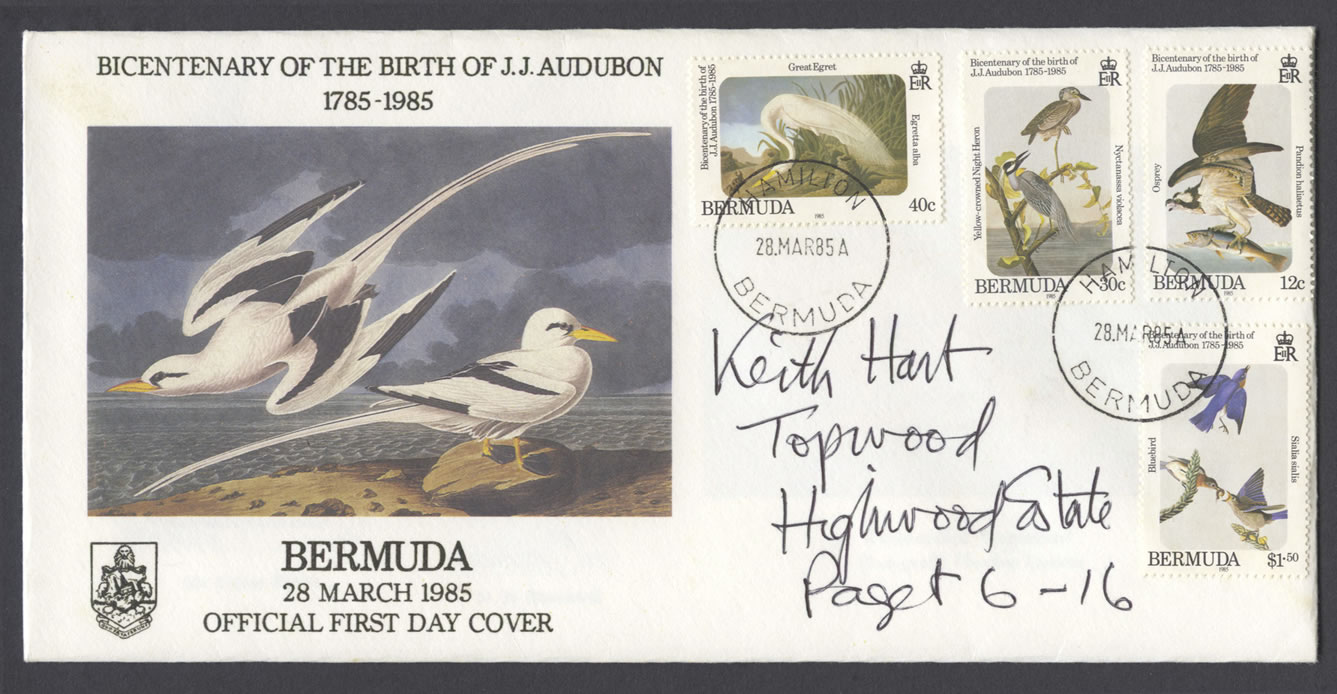
1985 Bicentenary of the Birth of JJ Audubon
Commemorating the birth of J.J. Audobon
Date: 28th March 1985
Stamps: Bicentenary of the birth of J.J.Audubon 1785-1985 12c Osprey Pandion haliaetus; 30c Great Egret Egretta alba; 40c Yellow-crowned Night Heron Nyctanassa violacea; $1.50 Bluebird Sialia sialis
Official First Day Cover
Cachet: BICENTENARY OF THE BIRTH OF J.J.AUDOBON 1785-1985 BERMUDA 28 MARCH 1985 OFFICIAL FIRST DAY COVER
CDS: 28.MAR85A HAMILTON BERMUDA
Address: Postmaster General Bermuda
Liner
BERMUDA
BICENTENARY OF THE BIRTH OF J.J. AUDUBON 1785-1985
John James Audubon was born in Santo Domingo in 1785 and received his education, which included “a gentlemen’s tutoring and some art instruction” in France. At the age of 19 he moved to America where he was to spend the rest of his life. After a brief but unsuccessful career in business, which took him from Philadelphia to Kentucky and eventually to New Orleans. Audubon began to concentrate his energies on the things which interested him most: His wildlife painting and the exploration of the American wilderness. Supported by a devoted wife, who bore him four children, he undertook long and dangerous expeditions to all arts of the continent in a pioneer era when two thirds of America was still in the hands of the Indians. His “tour de force”, a stupendous accomplishment by any reckoning, was a complete series of 435 lifesized paintings of the birds of America, which he accomplished between 1827 and 1838. This was followed by an equally complete series of the mammals of America, which was completed before his death in 1851. In addition to his talents as an artist, Audubon was also an astute observer who left a detailed biography of his travels and natural history observations. These observations have become a baseline for comparison with modern-day America. With remarkable foresight he was the first to call attention to the wanton exploitation and destruction of the American wilderness which ultimately resulted in the extinction of many species. Thus, almost two centuries later, his name was to become synonymous with the American conservation movement and one of its leading organizations, the National Audubon Society of America, was named in his honour. The question might well be asked why Audubon, who was essentially an American artist-naturalist, should be commemorated in the stamp issue of a British colony. There are three very good reasons for this. In the first place Audubon’s ability as a wildlife artist is of such stature, that it has received international recognition and acclaim. At the time they were produced, his paintings of birds and mammals were a quantum leap forward over the crude and contrived bird illustrations of his contemporaries. Even today, few wildlife artists are reckoned to be in the same league with him and print of his work command enormous prices. Secondly, the conservation movement which Audubon inspired in America has grown to become one of the foremost worldwide concerns of our generation.
Even here in Bermuda his name was adopted for the Bermuda Audubon Society. Finally, it should be pointed out that the fauna of Bermuda is essentially American in origin and virtually all of the 360 species of birds recorded here are the ones which are featured in Audubon’s paintings.
(Acknowledgment is given to Dr. David Wingate MBE. for his assistance on the birds chosen for depiction and the liner information).
Technical Details
Designer: Derek Miller
Printer: Walsall Security Printers Ltd.
Process: Lithography
Set: 50 Stamps (2 x 25)
Stamp size: 28.45 x 42.58 mm
Values: 12c, 30c, 40c, $1.50
Paper: Crown Agents Spiral Watermarked
Release Date: 28th March 1985
White-tailed Tropicbird (Longtail) Phaethon lepturus.
Audubon’s painting of the Longtail or Yellow-billed Tropicbird, as it was then called, was probably painted from specimens obtained in Florida or the Bahamas because he never visited Bermuda. The work is remarkable for the way in which he captures the satiny texture of the Tropicbird’s plumage. This species was selected for our first day cover picture because it is the only seabird which has survived in numbers on Bermuda and because it was chosen for the logo of the Bermuda Audubon Society when that society was incorporated in 1962.
Approximately 3,000 pairs of Longtails nest in cliff holes along Bermuda’s coastline during the summer half of the year.
Great Egret Casmerodius albus (formerly Egretta alba)
The Great Egret is featured in this stamp issue because it is a regular and conspicuous visitor to Bermuda and because it is recognised as the symbol of the National Audubon Society of North America. The Egret was accorded this distinction because of its remarkabie recovery as a result of conservation efforts following near extinction in the early twentieth century due to ruthless exploitation for the millinery trade. “Aigrette” plumes were once the rage for decorating ladies’ hats and tens of thousands of the birds were gunned down at their nesting rookeries simply to obtain these plumes. The turning point in the battle to save the egrets came when the conscience of the American public was aroused by the murder of an Audubon sanctuary warden by a plume hunter as he tried to defend an egret nesting colony.
Yellow-crowned Night Heron, Nycticorax violaceas (formerly Nyctanassa violacea)
For sheer beauty of composition and accurate portrayal of plumage and posture, Audubon’s painting of the Yellow-crowned Night Heron is unexcelled.
The selection of this species for this stamp issue is singularly appropriate because it has been the subject of a remarkably successful local conservation effort in the reintroduction of an exterminated bird population. The early settlers of Bermuda described grey and white herons so tame that they could be knocked out of the trees with sticks. Fossil bone discoveries have since revealed that the main species involved was an endemic form of the Yellow-crowned Night Heron adapted for feeding on landcrabs. Between 1976 and 1978, the American form of this heron was experimentally reintroduced to Bermuda in a cooperative effort between the Conservation Division of the Bermuda Department of Agriculture and the National Audubon Society of America. The reintroduced birds quickly established a nesting colony and arc now serving as an attractive and useful biological control for the landcrabs which infest Bermuda’s south shore.
Osprey, Pandion haliaetus
Audubon’s painting of the Osprey clutching a large fish is one of his most highly acclaimed and spectacular works, and elephant folio prints of this painting command enormous prices at art auctions.
We selected the Osprey for this issue because it occurs regularly on Bermuda as a migrant and may well have been resident and breeding in pre-colonial times.
Ospreys suffered a serious decline in North America as a result of DDT poisoning in the 1960’s, but they have staged a comeback since 1970, following the ban on DDT use in the United States and Canada.
Eastern Bluebird, Sialia sialis
Audubon’s renditions of the smaller songbirds of North America are not as spectacular as his portraits of the larger game species and birds of prey. Nevertheless, his Bluebird painting deserves a place in this issue because Bermuda is the only area outside of eastern North America where this beautiful and beloved garden bird breeds. Moreover. its survival is in jeopardy and a major conservation effort is under way to save it. in Bermuda just as it is in America.
Celebrated in poetry and prose as a symbol of happiness, the Bluebird was once common in the gardens and orchards of North America and Bermuda, but as a cavity nester it became vulnerable to nest site competition from two other cavity nesting species – the house sparrow and the starling, which were introduced to the New World from Europe between 1870 and 1900, and which rapidly increased to pest status. On Bermuda, the loss of the dominant cedar forest due to an accidentally introduced insect pest, further aggravated the Bluebird’s problem by reducing the number of available nesting holes in trees. Today, it is only through the provision of artificial nest boxes on a community wide basis that the Bluebird is able to survive at all.
Growing concern for the Bluebird has recently led to the formation of special Bluebird societies in North America and Bermuda.
CDS: 28.MAR85A HAMILTON BERMUDA
Cachet: BICENTENARY OF THE BIRTH OF J.J.AUDOBON 1785-1985 BERMUDA 28 MARCH 1985 OFFICIAL FIRST DAY COVER
Address: Paget Bermuda
John James Audubon’s BIRDS of the WORLD
CDS: 28.MAR85A HAMILTON BERMUDA
Cachet: American Robin Passeriformes Turdidae Turdus migratorius
American Robin
The first herald of springtime, the American Robin is perhaps the most beloved songbird in America. With its brick-red breast and charcoal wings, the bird is indeed a handsome fellow, strutting about the garden amid
spring’s tender flowers. This welcome visitor to the garden was namedlong ago by colonists homesick and eager to find something familiar intheir New World home. With his rust-red breast, the bird reminded the
sojourners of the Robin Redbreast of England. Their hearts gladdened at the sight of a familiar creature, the colonists bestowed the name Robin on this North American bird. Unfortunately, all of the Robin’s encounters
with man have not been as pleasant. For in Audubon’s day, the Robin was slaughtered mercilessly by hunters. Audubon wrote, “Every gunner brings them home by bagfuls…” Fortunately, this slaughter was brought to an abrupt halt by protective legislation. Through the clearing away of many forest areas, the Robin is today perhaps more plentiful than it was when the first North American colonists landed in the New World. Even though the guns of hunters have been silenced, the Robin still faces a deadly though silent-threat in DDT, a powerful insecticide used to spray shade trees and golf courses. Nevertheless, today, the beloved American Robin can trod on nearly any lawn in America without threat of being molested… save the threat of the neighborhood cat.
C1984 Fleetwood, Cheyenne, Wyoming. USA 81715 / Work of art by John James Audubon
by
Tags:
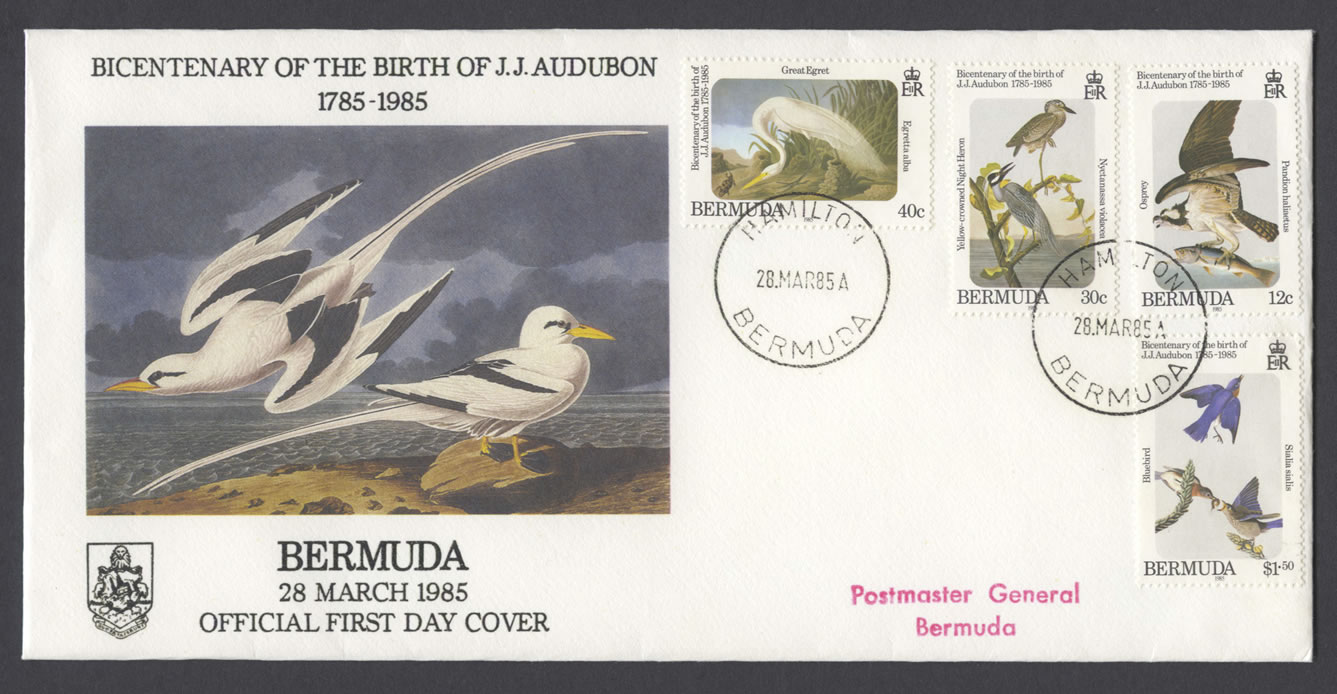

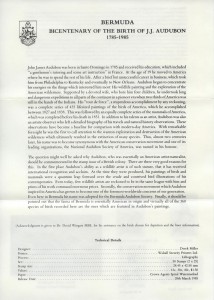
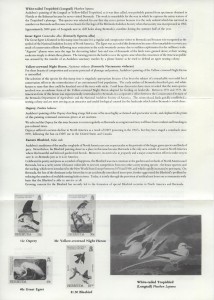
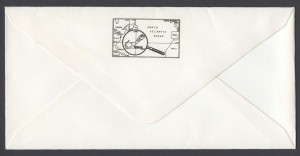
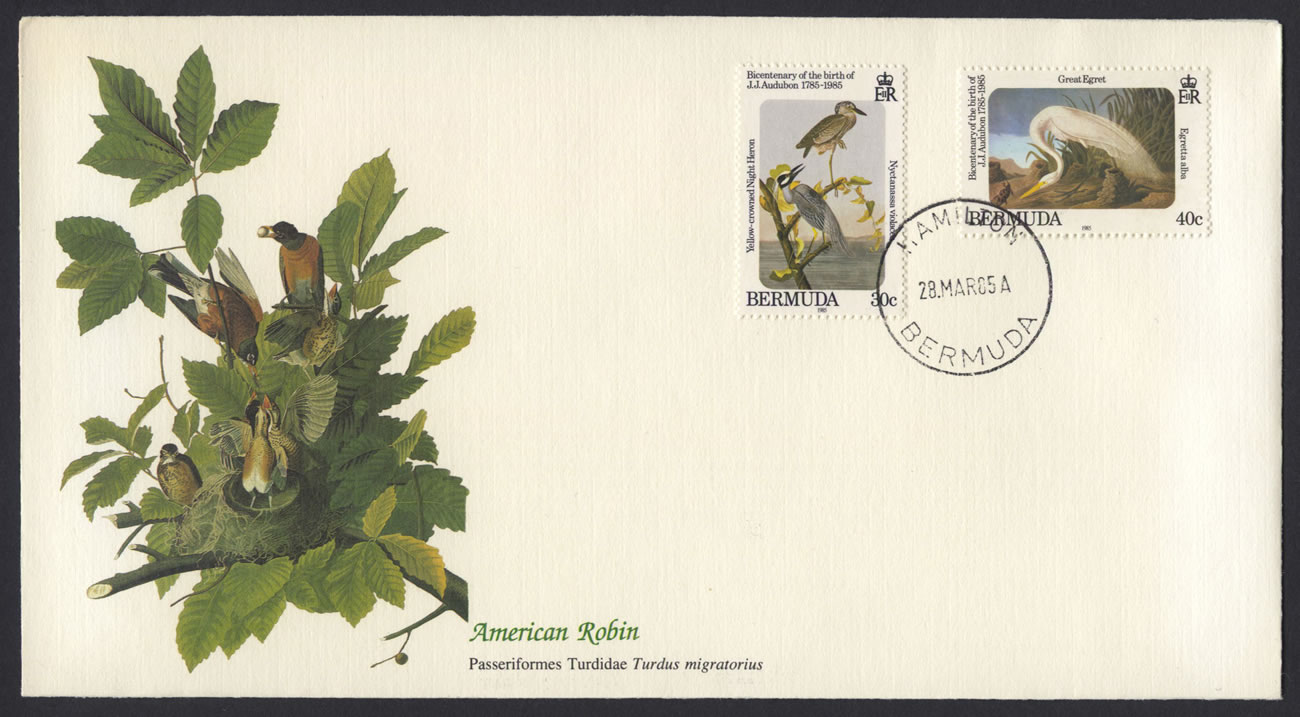

Leave a Reply
You must be logged in to post a comment.